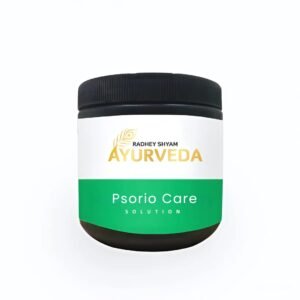Understanding Piles: Causes and Symptoms
Piles, commonly known as hemorrhoids, are swollen veins in the lower rectum and anus, resembling varicose veins. They can be classified into two main types: internal and external piles. Internal piles occur inside the rectum, often remaining undetected until they cause noticeable symptoms, whereas external piles develop beneath the skin surrounding the anus and are prone to thrombosis, which can lead to increased discomfort.
The primary causes of piles are multifaceted, involving a combination of dietary habits, lifestyle factors, and underlying medical conditions. A diet low in fiber can lead to constipation, resulting in straining during bowel movements, a key contributor to the development of hemorrhoids. Additionally, prolonged sitting or standing, particularly in occupations that require extended periods of immobility, can exacerbate pressure in the rectal area.
Pregnancy is another significant factor, as the increasing weight of the uterus can put pressure on the pelvic veins, leading to piles. Other contributing medical conditions include obesity, liver disease, and inflammatory bowel diseases, which can all create similar pressures and symptoms. Understanding these causes is essential for effective management and prevention of this common ailment.
Symptoms of piles can vary depending on the type and severity of the condition. Commonly experienced symptoms include pain, discomfort, itching, and swelling around the anal region. Bleeding during bowel movements is also a frequent occurrence, often alarming individuals and necessitating medical attention. Recognizing these symptoms early is crucial for effective treatment, as untreated piles can lead to further complications, including thrombosis or infection.
Awareness of the causes and symptoms of piles enables individuals to seek appropriate care and management, ultimately leading to improved quality of life and reduced discomfort.
Ayurvedic Treatments and Remedies for Piles
Piles, also known as hemorrhoids, can be effectively managed with various Ayurvedic treatments that focus on harmonizing the body’s natural balance. Ayurveda, an ancient system of medicine, approaches piles with an emphasis on restoring digestive health and reducing inflammation. One of the most popular herbal remedies used in obstructing piles is Triphala, a blend of three fruits—amla, haritaki, and bibhitaki. Triphala works as a gentle laxative, promoting regular bowel movements while also containing antioxidants that help combat inflammation associated with piles.
Another effective Ayurvedic formulation is Kanchanar Guggulu, which comprises herbs that improve digestive health and reduce swelling. This formulation is particularly beneficial as it aids in detoxification and supports circulatory health, vital for alleviating the symptoms of piles. Furthermore, topical applications of medicated oils such as castor oil or sesame oil are recommended. Massaging these oils into the affected area helps improve blood circulation and reduce discomfort by easing inflammation.
Dietary changes also play a crucial role in managing piles through Ayurveda. A diet rich in fiber—found in fruits, vegetables, and whole grains—can prevent constipation, which is a major contributing factor to piles. Staying hydrated by consuming ample fluids is vital to facilitate smooth bowel movements and reduce the strain during defecation. Incorporating warm foods and avoiding overly spicy or oily dishes can also alleviate irritation in the digestive tract.
In addition to these remedies, lifestyle adjustments such as regular exercise, yoga, and mindfulness practices promote overall well-being and digestive health. Integrating these Ayurvedic treatments into daily life empowers individuals to manage their piles symptoms proactively while minimizing discomfort and promoting long-term healing.





Reviews
There are no reviews yet.